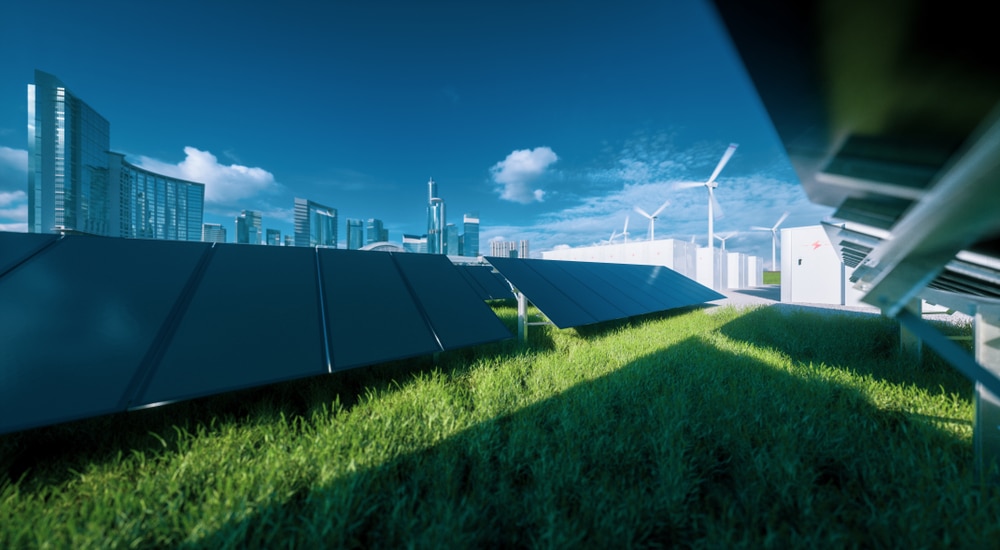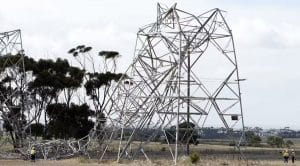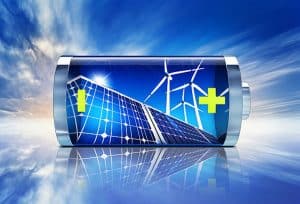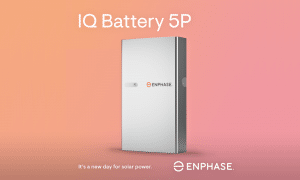Solar energy describes energy produced by the sun’s heat and light. Solar power is created when solar energy is converted into electricity or utilised to heat air, water, or other substances. Fuels made from the sun, like hydrogen, can be generated. To explore the benefits of solar power for your home or business, consider getting FREE solar quotes from Energy Matters.
It is possible to increase the stability and flexibility of Australia’s power grid by utilising energy storage technologies, including batteries, solar thermal storage and pumped hydro. Wind and solar energy can be stored and used to generate electricity constantly.
The Australian federal government also provided generous government rebates, incentives and subsidies to make energy storage affordable, which can significantly reduce the cost of purchasing and installing a solar system.
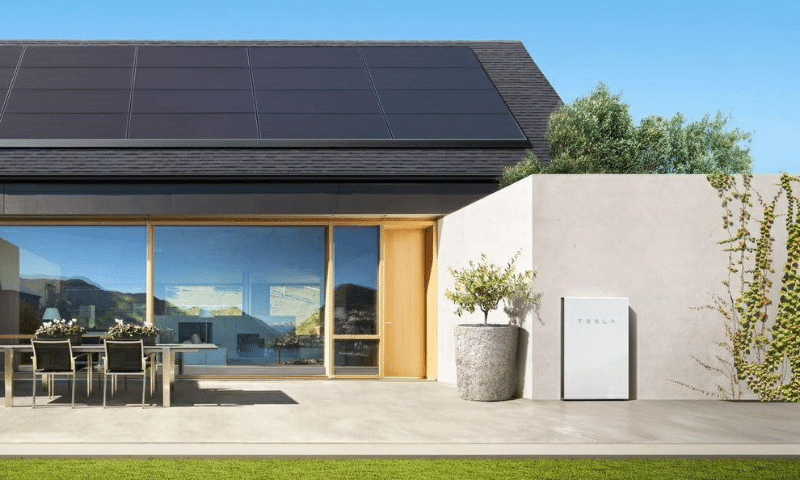
There are two main types of solar power technology; solar photovoltaic and solar thermal.
Solar photovoltaic
Solar photovoltaic (also known as solar PV) converts sunlight directly into electricity using semiconductor or solar PV cell technology.
The most common form of a solar PV cell is typically encased in glass and an aluminium frame to form a solar panel. One or more panels can be installed to power a single light, cover the roof of a house for residential use, or be assembled into a large-scale solar farm generating hundreds of megawatts of electricity.
Solar thermal
Solar thermal systems transform solar energy into heat, or thermal energy, which can use for various things, such as producing steam to power an electricity generator. This energy can cause a refrigeration cycle to provide solar-based cooling.
There are two main types of solar thermal technologies.
- Small-scale thermal technology is used to heat space or water (such as in a solar hot water system).
- Using a field of mirrors to reflect sunlight onto a receiver device that transfers the heat to a thermal energy storage system, concentrated solar thermal gathers the heat from the sun to provide large-scale power generation. Energy can then be released from storage as required.
How is Solar Energy Stored?
When we talk about “storage,” we’re talking about systems that can collect electricity, store it as a different kind of energy, and then release it when needed.
Energy storage and solar batteries are sometimes different. Although not all forms of energy storage are batteries, batteries are one type or technology of energy storage. The two terms are frequently used interchangeably in residential applications where solar batteries are the most popular form of energy storage; however, for commercial and industrial businesses as well as the entire electricity grid, energy storage frequently refers to a technology other than a battery, such as pumped storage hydropower or solar thermal.
The majority of homeowners decide to use solar batteries to store their solar energy. Technically, solar energy can be kept via mechanical or thermal energy storage methods like pumped hydro systems or molten salt storage technologies. These choices require a lot of room, resources, and moving components.
Energy storage technologies
The ability to store energy for a long time and release it when needed is a feature common to all energy storage technologies. However, some storage systems are more appropriate for specific tasks. A variety of complementary energy storage technologies can guarantee the dependability and flexibility of the electrical grid.
Solar battery storage
Solar battery storage collects and stores any extra energy it produces to use your solar panels when the sun isn’t shining. It’s a better, greener way to power your home and achieve energy independence by utilising solar energy.
The usage of batteries, especially home batteries in the Australian solar energy system, is projected to increase due to rapid cost reductions and technological developments. Additionally, home solar battery rebates and incentives have reduced battery prices, hastening the technology’s use by Australian energy users and producers.
Types of solar batteries
Lead acid batteries
- They are large and occupy a lot of space.
- Not all lead-acid batteries produce hydrogen gas, although many of them do.
- Two to eight years is generally the length of their lifespan.
- Only 60% of the battery’s capacity can be used because the typical drain depth is roughly 60%. Of course, you could use it more frequently, but that would reduce the product’s lifespan.
- The ideal for the batteries to be kept in a 20 ºC shed. The performance and life of the batteries have decreased because Australia’s climate can change.
Lithium-ion
Lithium-ion batteries are the same type of battery in your phones and laptops. These batteries feature a low self-discharge rate and a high charging efficiency.
Tesla is one of the biggest companies that manufacture these batteries. They are the same kind found inside the Tesla Powerwall2. However, you can also find other big brands, such as Enphase and Fimer batteries.
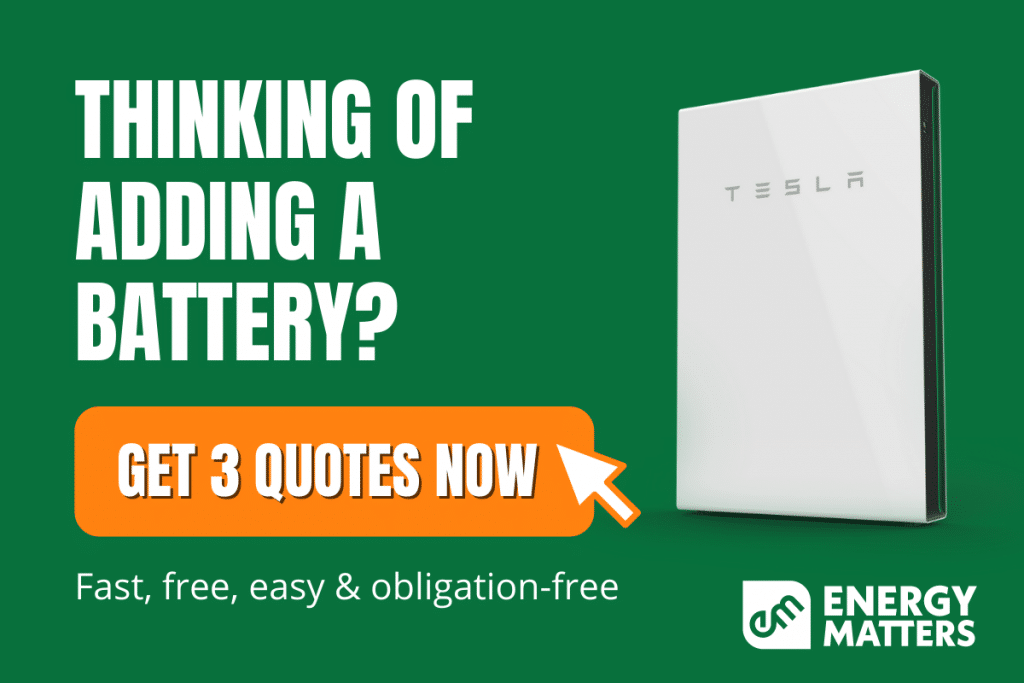
Flow batteries
Two electrolyte solutions are contained in two separate tanks and circulate via two independent loops in flow batteries. A current is created by electrons moving away from a negative. They are known as flow batteries because of the zinc-bromide water solution that circulates inside them.
Sodium Nickel Chloride batteries
Sodium Nickel Chloride batteries are made out of great salt or sodium chloride. To make sodium batteries safer and more affordable than lithium-ion batteries, researchers from Deakin University in Victoria and the University of Queensland claim to have created a brand-new, non-flammable electrolyte compound for use in sodium batteries.
Pumped hydro
Pumped hydro energy storage (PHES) constitutes most energy storage worldwide. Off-river pumped hydro storage requires pairs of reservoirs, typically ranging from 10 to 100 hectares, in hilly terrain and joined by a pipe with a pump and turbine. Water is circulated between the upper and lower reservoirs to store and generate power.
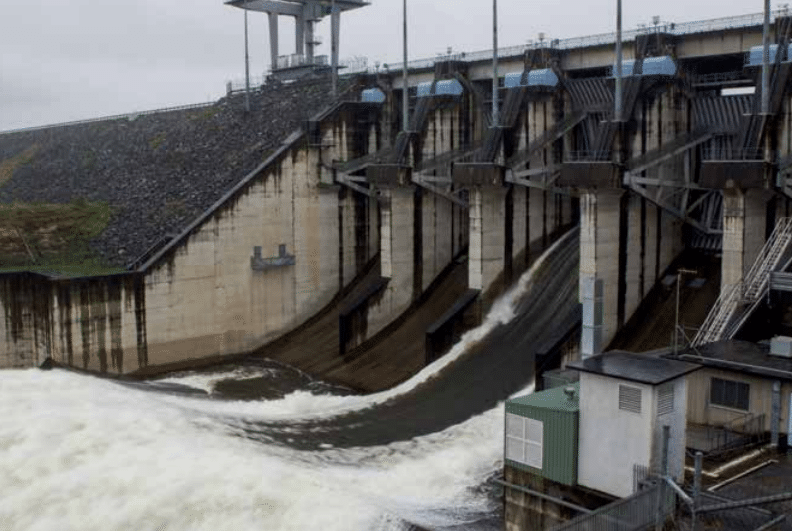
Water is stored in an upper reservoir and runs through a turbine to a lower pool when electricity is needed – such as when the sun is not shining or the wind is not blowing. The water can then be pumped uphill when electricity from renewables and other sources is abundant and cheaper (the sun is shining, the wind is blowing). One of the pumped hydro facilities will be located on Queensland’s midcoast, delivering 5 GW of storage. In contrast, the other one, the Pioneer-Burdekin pumped hydro project, which will be called “the battery of the north,” is the bigger facility with 5 GW of 24-hour storage west of Mackay. Check our page to learn more details.
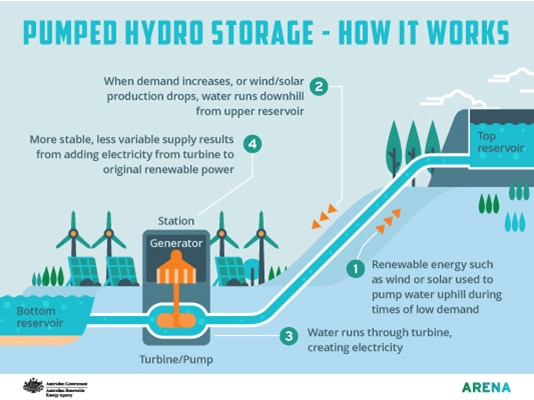
The solar thermal storage system
Solar thermal plants can both generate and store electricity. Solar thermal storage is storing energy as heat (or cold) in materials such as concrete or rock, water, or molten salts, as in passive home heating systems (e.g., in solar thermal power plants or cool stores). The cost of transmission capacity expansions can be reduced, and grid stability can be increased by using thermal storage, which is frequently flexible and economical. It may be deployed on a large scale and widely spread. An approach to thermal storage, air conditioning, and solar heating systems already use technology.
More recently, thermal storage has been paired with concentrating solar plants (CSP) to produce sunlight for up to 24 hours a day. Concentrated solar thermal (CST) technology harnesses the sun’s power to generate electricity. CST systems use mirrors, also known as heliostats, to focus a lot of sunlight onto a specific area, causing temperatures to rise. A fluid, such as oil or molten sodium, is used to capture this heat, which can heat water and produce steam, which powers a turbine and generates electricity (also referred to as concentrated solar power or CSP). Some industrial processes can be directly decarbonised using heat.
Australia is currently in the early stages of developing CST energy generation. CST is mainly because the technology is more expensive than widely used renewable energy sources.
An Australian company, Vast Solar, was recently announced as part of a consortium to receive US$2.3 million from the United States to advance and develop concentrated solar thermal. Visit our page to know more about the details.
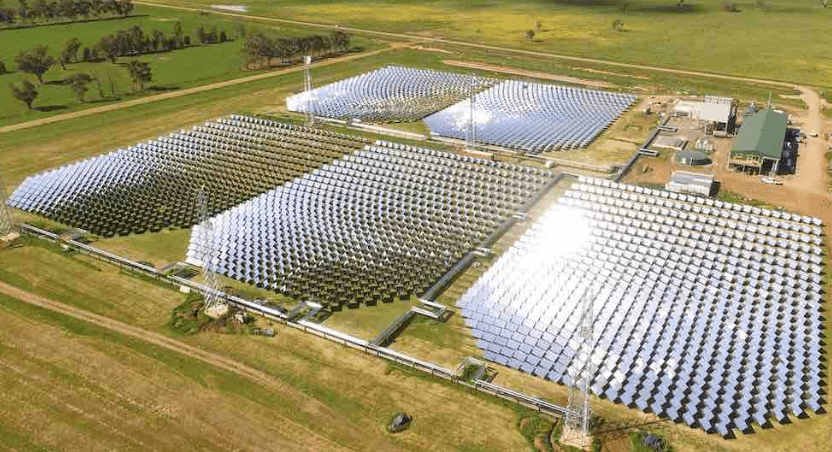
Hydrogen Storage
Electrolysis, the process of separating water into oxygen and hydrogen molecules, is used to store hydrogen by utilising extra electrical power. A gas turbine power plant or fuel cells can generate energy after it has been captured and stored. Hydrogen is a natural chemical process fuel that some industrial facilities can use.
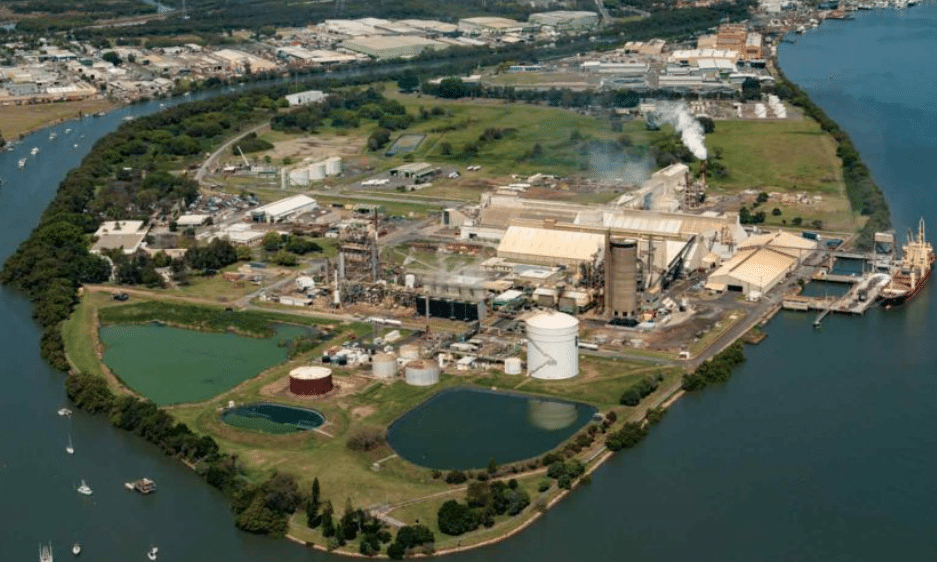
A “world-first” modification of an existing Brisbane’s Gibson Island ammonia production facility to run on green hydrogen is being undertaken by Fortescue Future Industries (FFI).
Our professional solar installers in Melbourne will assess and determine your energy needs. We customise a solar panel system in Melbourne to fit the roof size of your property, ensuring you receive the most suitable solar panel system for your Melbourne home, meeting to property’s energy requirements.









